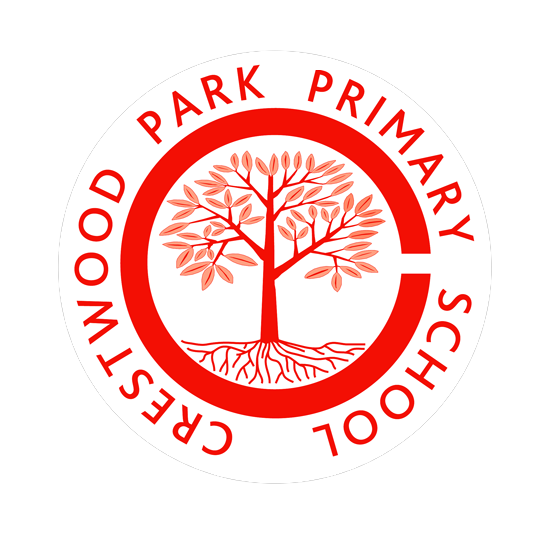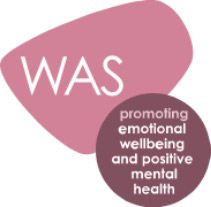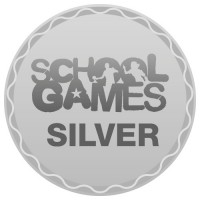
Phonics
Starter
Please check out these websites for some fun starter games and activities (focus on revising our prior learning of phases 3 and 4):
https://www.topmarks.co.uk/Search.aspx?q=phonics%20phase%203
http://www.letters-and-sounds.com/phase-3-games.html
https://www.phonicsbloom.com/uk/game/list/phonics-games-phase
Use the video below to practise your phonics sounds!
Main lesson
Today, I would like you to focus on reviewing the split digraph 'o_e'. I have included 2 activity sheets to try below!
Say the words below to your child, can they write the words independently by segmenting the sounds? See if they can use one in a sentence!
home
phone
envelope
note
rose
bone
Maths
Starter
Practise your days of the week with this fun game...
https://www.roythezebra.com/reading-games/high-frequency-words-days.html
Can you write your days of the week correctly without looking? Remember they start with a capital letter!
Main lesson
Watch todays maths lesson on comparing heights. Then have a go at the worksheets below!
English - Grammar and Punctuation
We will be using classroom secrets grammar and punctuation powerpoints to enable your child to complete the worksheet. The worksheet is based on plural nouns.
Children should have an understanding of nouns from work done in previous blocks using capital letters for names, people, places and days and months.
Children should now be familiar with singular nouns. In this step they will go on to learn that a plural noun is a word that refers to more than one person, place or object, for example: chairs.
Discuss that the most common way to make a noun plural is to add ‘s’ to the end of a singular noun. Children will be able to match plural nouns using some pictorial support and by comparison with singular nouns. They should be able to identify that plural nouns have extra letters at the end of the word, usually ‘s’.
Curriculum lesson - Science
Go outside to look carefully at the plants in a local park or outdoor space. Draw close-ups of the outside plants that you find. Look around the outside area, talk about the plants you can see growing and what their names are. Give your child the time to settle and look carefully at the tiny details of each plant.
Challenge children – Ask your child to find and draw a flower. Can they label the flower, roots, stem and leaves?
Use the worksheet below to support your learning if needed.





